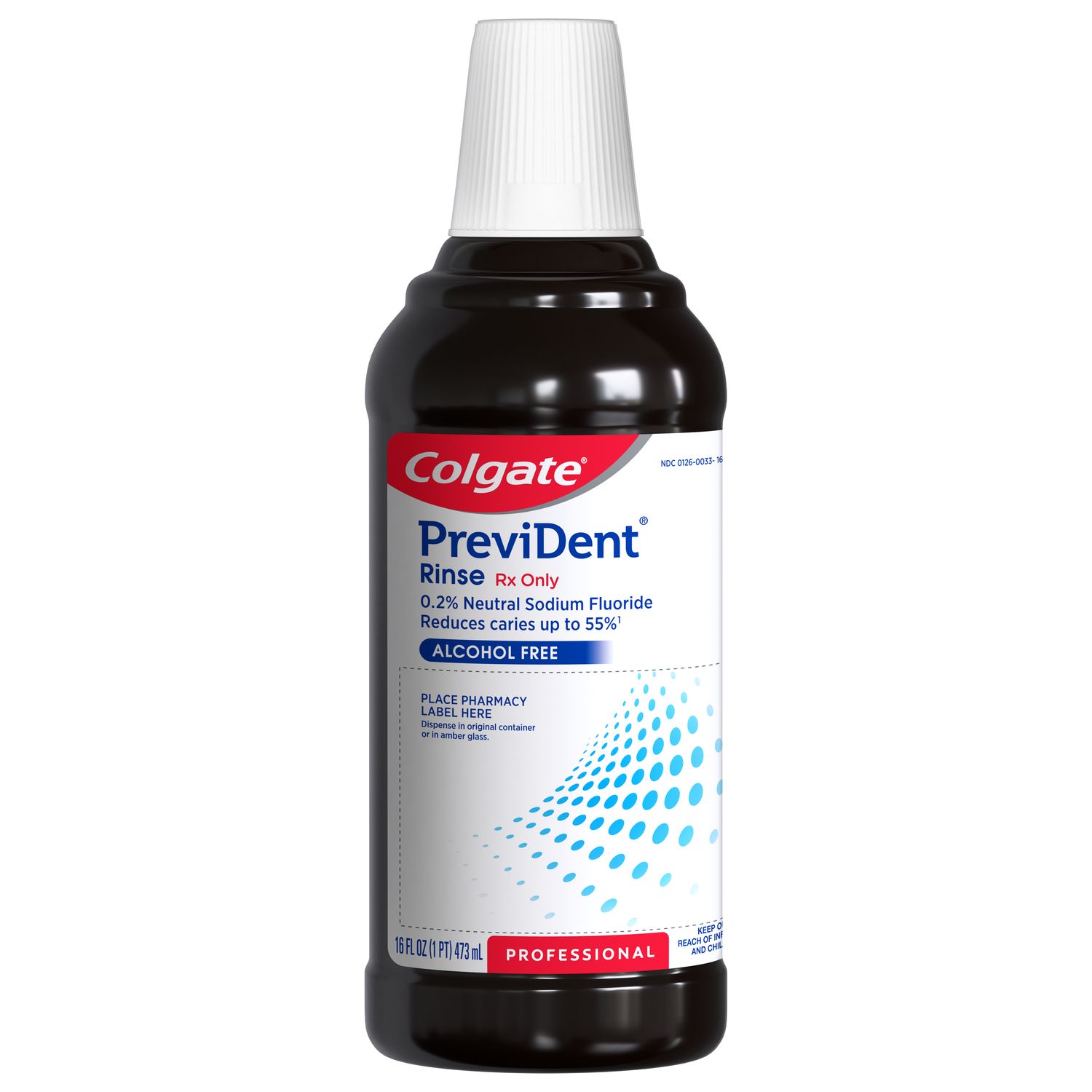
Dry mouth is a common condition characterized by insufficient saliva and dryness in the mouth. This condition results in varying degrees of discomfort and can affect an individual’s ability to eat, chew, swallow or speak. It also leaves them at greater risk of dental caries as well as other oral health conditions.
As noted by the American Dental Association (ADA), causes of dry mouth include taking medications that have dry mouth as a side effect, head and neck radiotherapy, autoimmune diseases such as Sjögren disease, or chemotherapy. Dehydration also results in dry mouth, although temporary and resolving with rehydration.
However, some factors present a greater risk of xerostomia at certain times of year. With that in mind, this article highlights seasonal factors that dental hygienists should be aware of in order to support year-round oral health for their patients.
Seasonal Allergies
Seasonal allergic rhinitis, commonly referred to as ‘hay fever,’ occurs in susceptible individuals following exposure to pollen. Hay fever is estimated by the Asthma and Allergy Foundation of America (AAFA) to affect around 7.7% of adults and 7.2% of children.
In Spring, the most common cause is the presence of tree pollen which may extend into Summer and in southern states in the US begin as early as January. As Spring gives way to Summer, the AAFA notes that grass pollen becomes the primary source of pollen allergy symptoms. Dry mouth from seasonal allergic rhinitis remains a risk during the Fall, this time largely due to weed pollen with ragweed pollen the worst offender. Individuals may be allergic to one or multiple seasonal pollens.
Signs and symptoms of allergic rhinitis include a runny nose, nasal/sinus congestion, itchy eyes and oral dryness caused by mouth breathing when nasal passages are blocked. Antihistamines are routinely used to obtain relief from symptoms. However, as noted by the ADA, antihistamines are among the most common medications used known to cause or exacerbate dry mouth.
Seasonal Affective Disorder
As the days get shorter, the National Institute of Mental Health explains that many people — possibly millions in America — develop a type of depression called Seasonal Affective Disorder (SAD). This typically occurs in late Fall or early Winter and is absent in Spring and Summer (summer-pattern SAD). A much smaller number of individuals have winter-pattern SAD, with reversed timing.
Selective serotonin reuptake inhibitor (SSRI) antidepressants are one of the treatments for SAD. However, SSRI and other antidepressants are known to cause dry mouth as a side effect.
Flu Season
According to the CDC, flu season in America peaks between December and February, during which time the common cold and other respiratory viruses are also prominent. The ADA notes that both decongestants and analgesics - which may be used to treat symptoms - can cause or exacerbate dry mouth, and many over-the-counter cold and flu remedies contain both, further increasing the patient’s risk.
Seasonal Activities and the Influence of Climate
According to the Centers for Disease Control and Prevention (CDC), the warmth and humidity of summer can promote the growth of mold indoors, a problem that can be worsened by inadequate ventilation and damp conditions. For exposed individuals, the World Health Organization (WHO) states that allergic rhinitis (see above) can also be caused by mold.
People sweat more in hot weather in the summer, particularly if they are exercising outdoors, and they may not drink enough liquids to stay adequately hydrated. Additionally, the same effect may occur in winter while engaged in exercise or sporting activities outdoors, depending on the climate. People may also be inclined to reach for “refreshing” caffeinated sodas or alcoholic drinks, not realizing that both can contribute to dehydration.
Managing dry mouth and caries risk
A thorough patient history will identify seasonal risk factors for dry mouth, such as summer hay fever or winter SAD. Your patient may not be aware that there is a connection between these events and their dry mouth symptoms, or even that dry mouth is a problem that needs to be addressed at all; milder cases are often overlooked.
Highlighting these factors is a great opportunity to start the conversation about dry mouth and caries prevention. To manage the symptoms of dry mouth, you can recommend chewing sugar-free chewing gum and the use of saliva substitutes. Patients should also be advised to avoid/limit alcohol intake, coffee consumption and smoking.
Caries prevention with topical fluoride
The ADA supports the use of prescription-strength fluoride gels or pastes for patients aged six and over at increased risk of caries. Colgate PreviDent 5000 Dry Mouth Toothpaste, which contains 1.1% sodium fluoride, is one such example. This SLS-free formulation for patients with dry mouth is also known to be less irritating and less likely to cause dryness.
In addition, in-office application of 5% sodium fluoride varnish at least every three to six months, such as Colgate PreviDent Varnish, provides protection against caries.
Seasonal education campaigns
Seasonal campaigns on the risks of dry mouth provide opportunities to educate your patients and market your practice. Offer to take the lead on a seasonal social media or email outreach campaign centered around topics like:
What local allergens mean for your oral health;
What to drink during hot weather to stay refreshed and hydrated; or
How to avoid/manage dry mouth during winter flu season.
Join us
Get resources, products and helpful information to give your patients a healthier future.
Join us
Get resources, products and helpful information to give your patients a healthier future.













